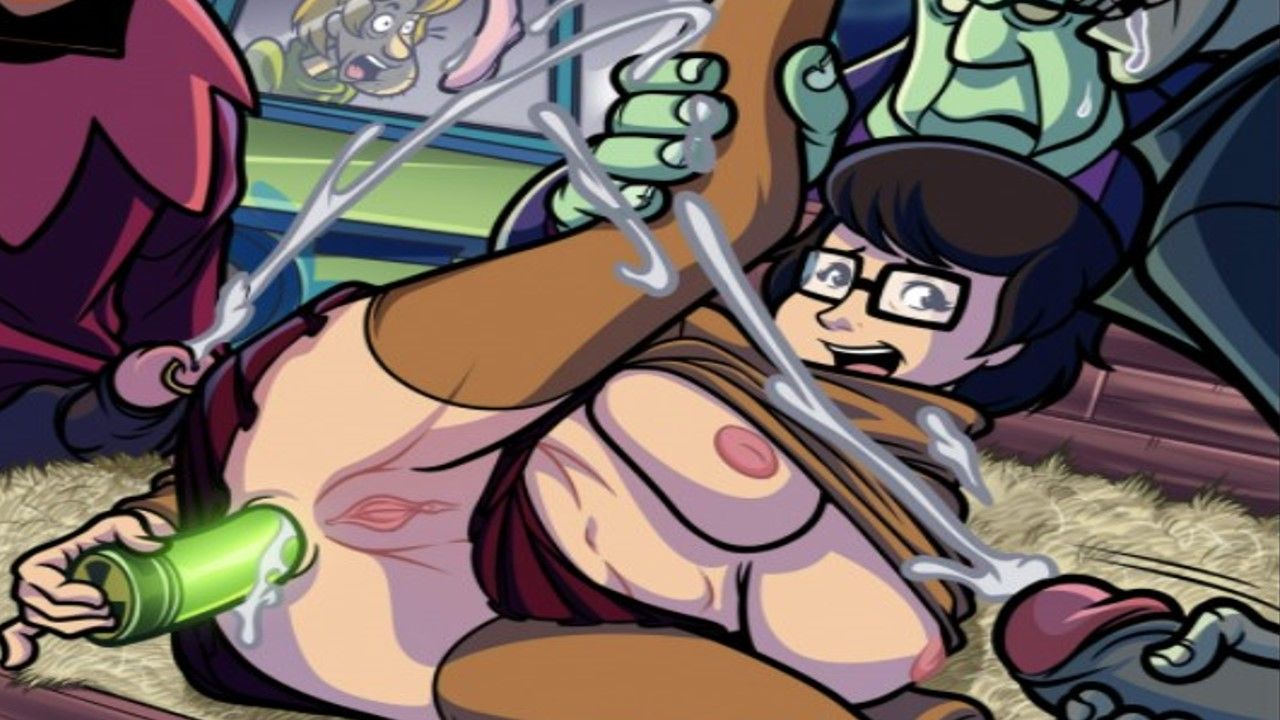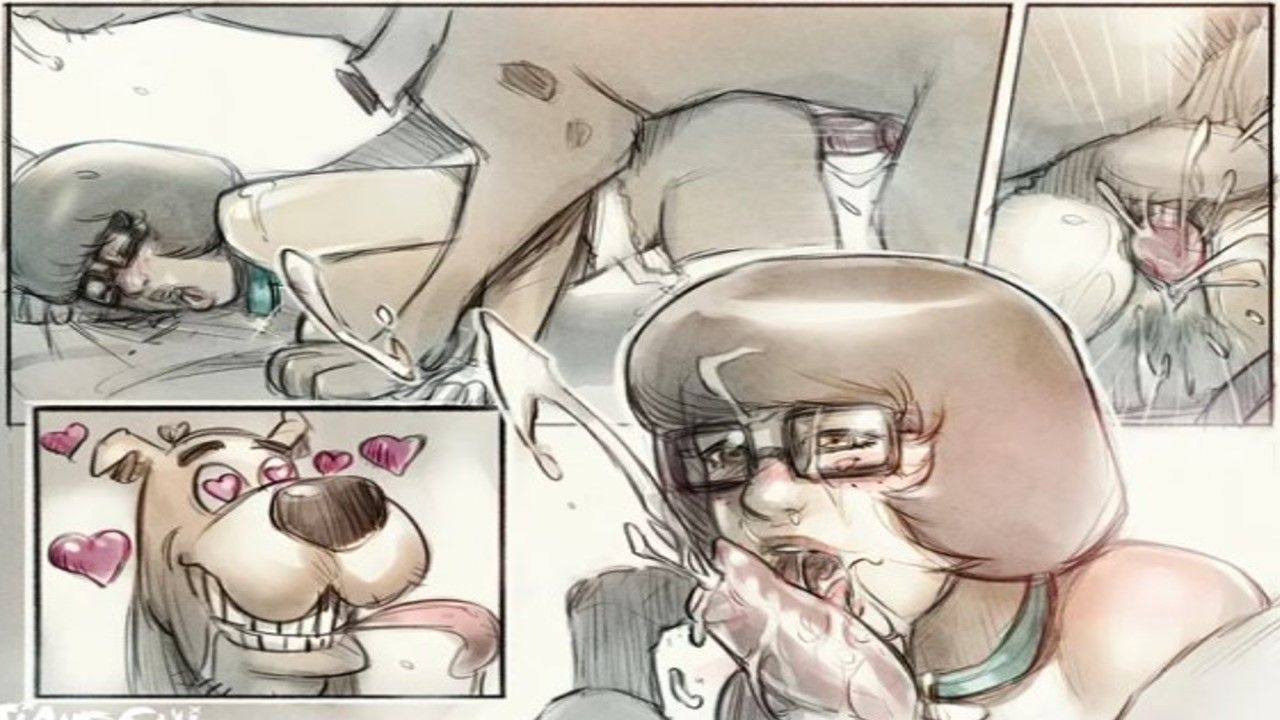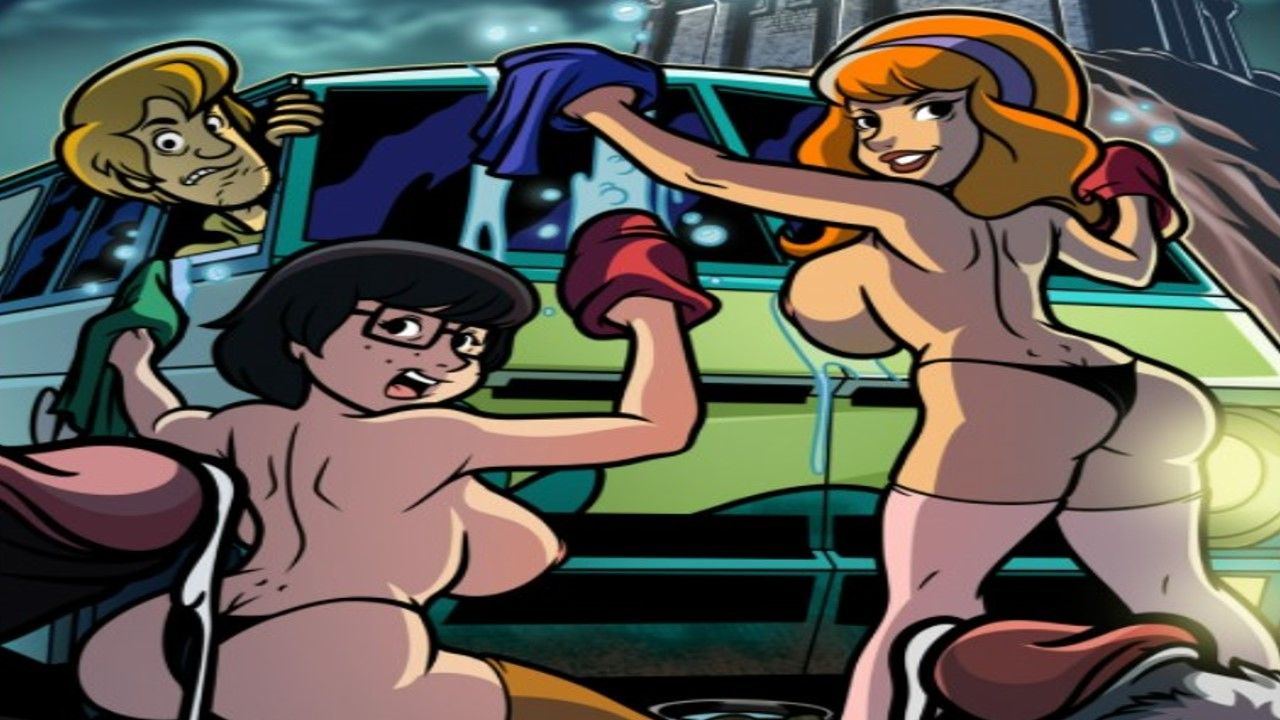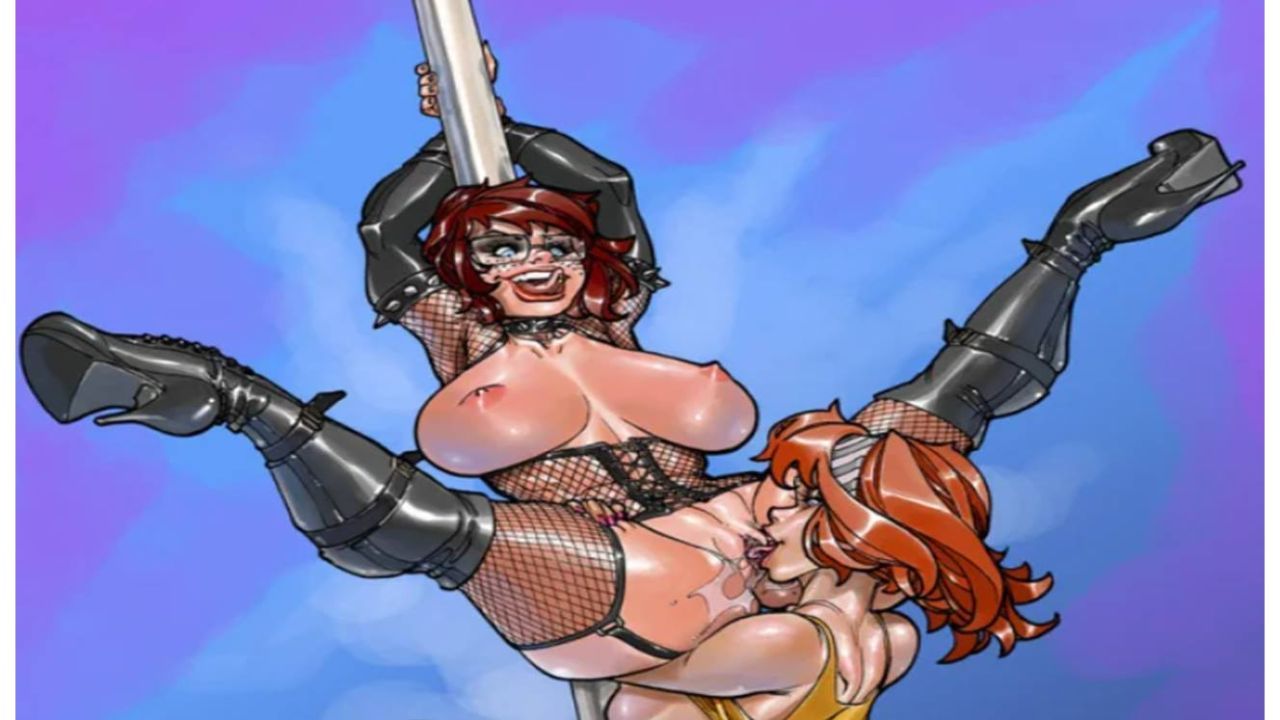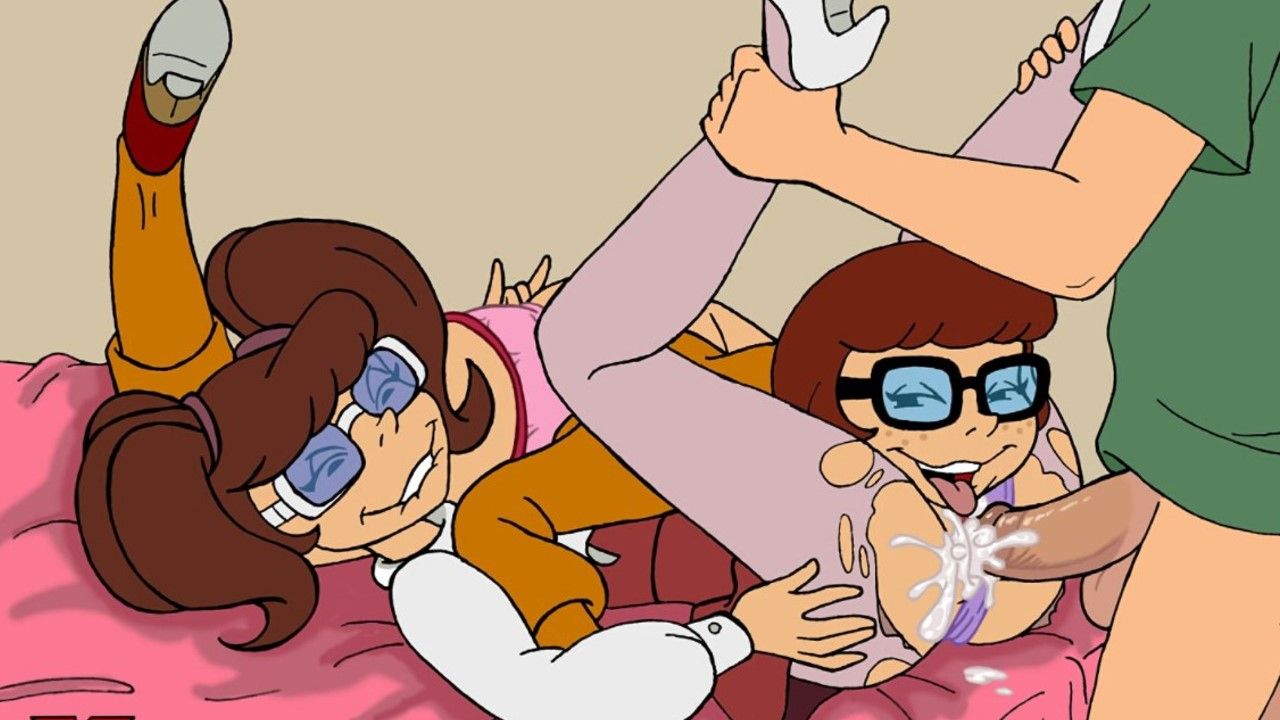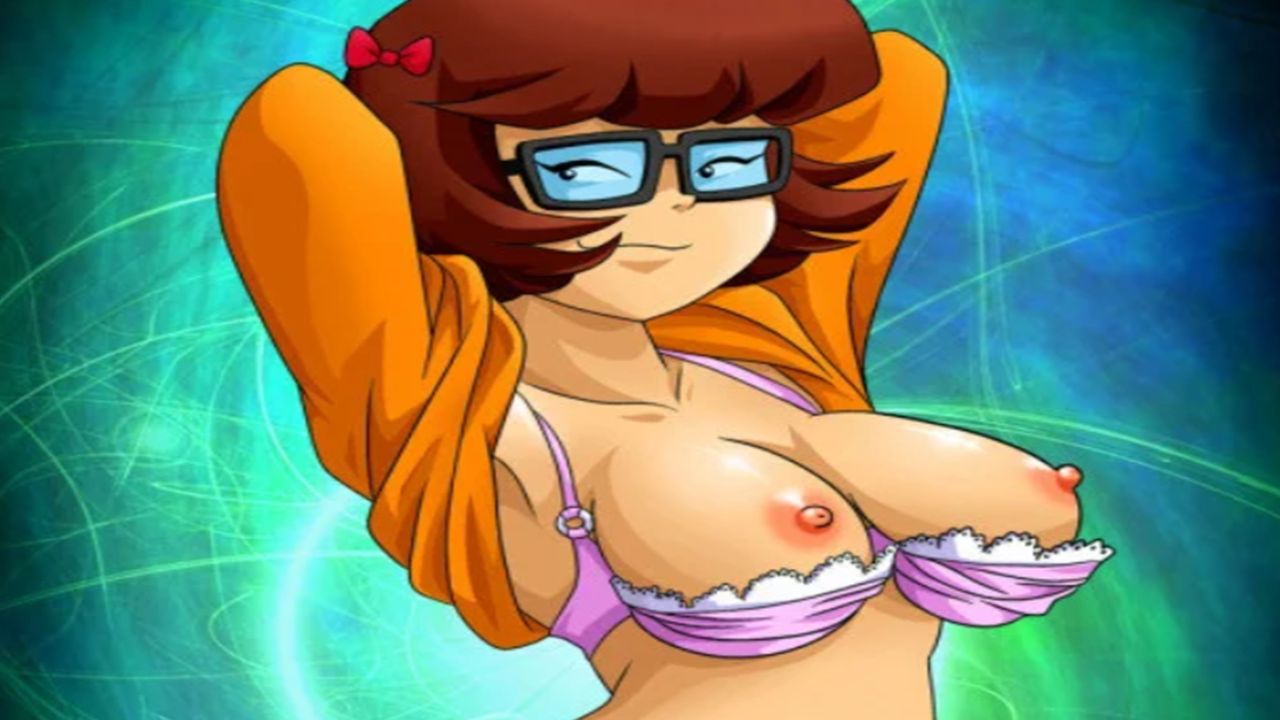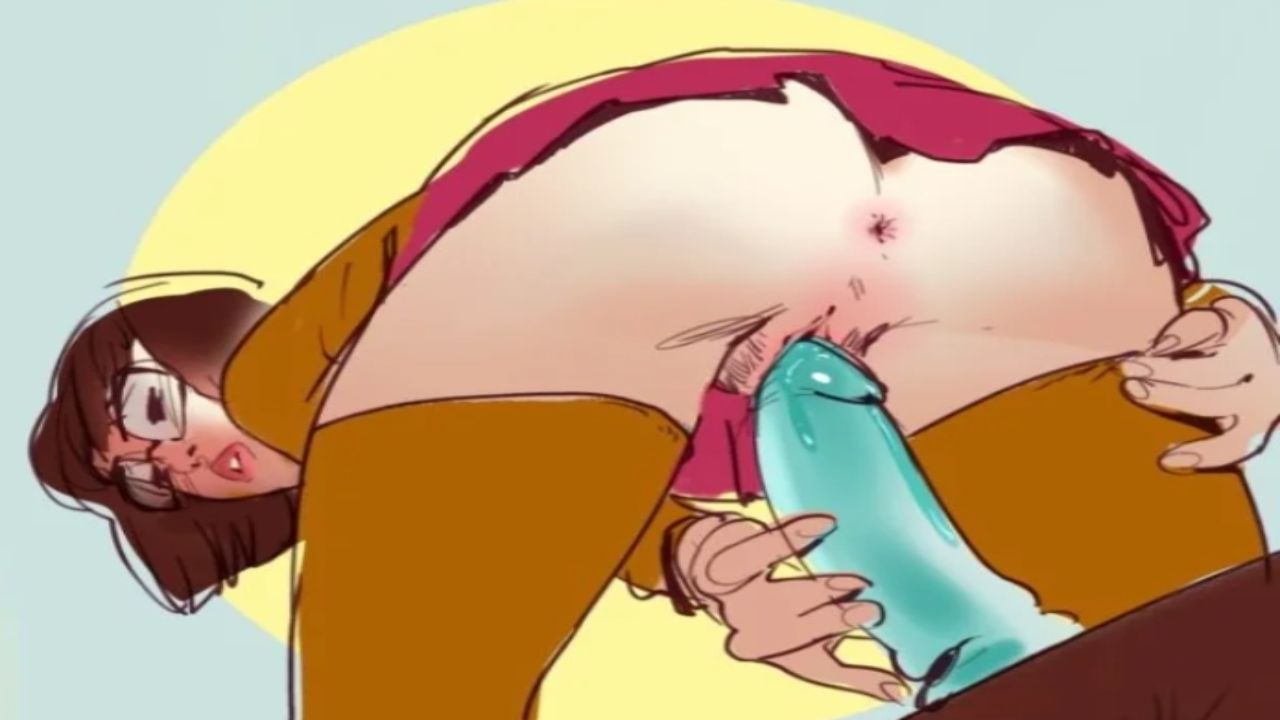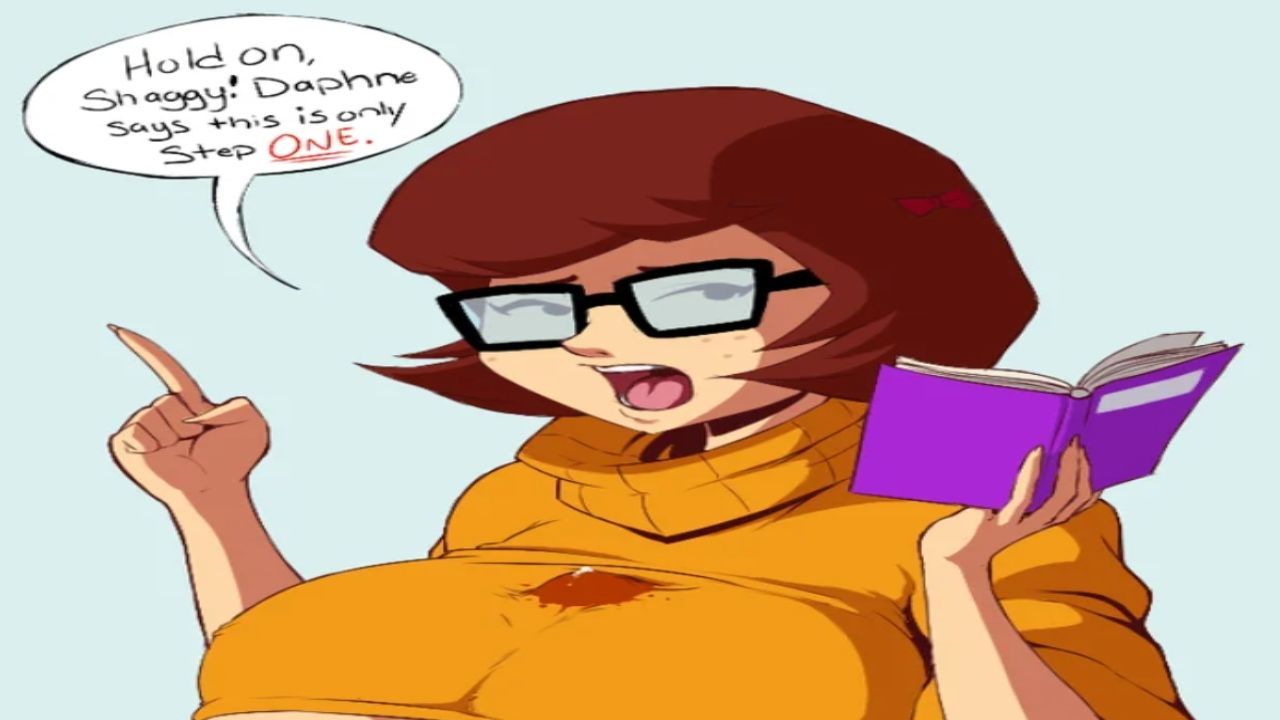H1: Reason Why Sex Symbols Appear In Cartoons
Are you curious about why so many sex symbols appear in cartoons? From Betty Boop to Jessica Rabbit, the entertainment industry has always had a fascination with highly sexualized characters, even when targeting younger audiences. But why?
One possible reason why sex symbols appear in cartoons is to draw in a larger audience. For example, the Betty Boop character was initially created to appeal to adult viewers of the 1930’s, but its iconic image of a young woman with exaggerated features has since appealed to younger generations as well. It’s not just about age groups though, but also gender roles. Many cartoons that employ sex symbols focus on female characters, rather than male ones, in order to draw attention to issues such as female empowerment.
Furthermore, cartoons often look to sex symbols to parody or criticize cultural norms. For example, the character of Jessica Rabbit was used to criticize the objectification of women, while also making a nod to the sultry female cartoon characters of the 1920s. Cartoons also employ sex symbols to play on different types of comedy, such as irony, sarcasm and satire. For example, the Flintstones character of Wilma has often been used as a satire against traditional roles of gender in the work and family.
Another reason why sex symbols appear in cartoons is to shock the audience. Sex symbols often feature in cartoons as a means of pushing boundaries, such as the use of adult language or the inclusion of controversy topics such as politics. Cartoons have often been the testing ground for pushing the limits of what one can say, and sex symbols may be used to reflect a certain culture, attitude or outlook on life.
Finally, cartoons often use sex symbols to represent certain values or attributes. While some characters may be used to represent strength, others may be used to represent fun, intelligence and attractiveness. For example, the character of Betty Boop was often used to represent female independence and strength, while Jessica Rabbit was used to represent a naughty yet sexy attitude.
So why do sex symbols appear in cartoons? While it’s difficult to know for sure, it’s likely that cartoons often look to sex symbols as a way to draw in viewers, to question cultural norms, to shock audiences, and to represent certain values or attributes. 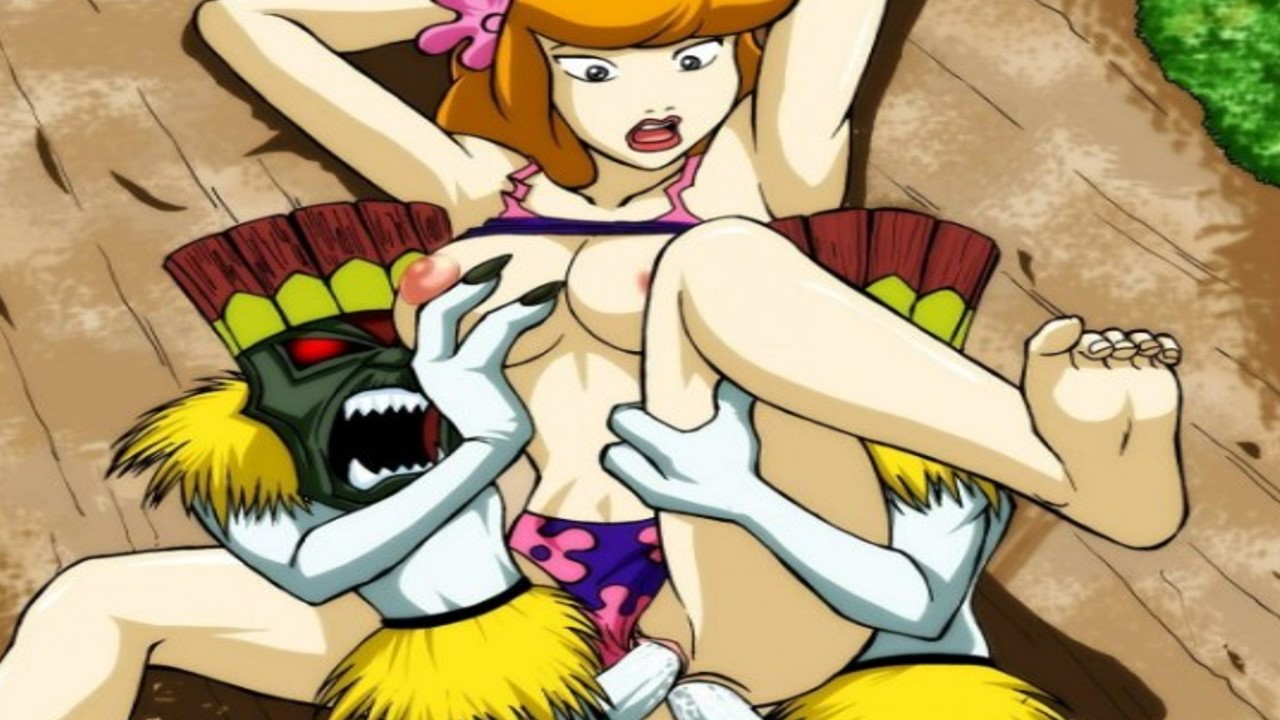
The Reason Why Sex Symbols Appear in Cartoons
Sex symbols have been appearing in cartoons for decades. In the iconic animation series Scooby-Doo, as well as in many other cartoons, these sex symbols provide a fun and exotic twist to the story.
Scooby-Doo introduces attractive women, both characters and guest stars, who become integral to the plot. Apart from providing viewers with eye candy, the sex symbols in this beloved series serve multiple purposes. Their presence adds a light, humorous touch to the storyline, and they can provide the impetus to spark a detective mission.
One of the most popular sex symbols in Scooby-Doo is pop singer, Velma Dinkley. Velma, who is known for her bright orange turtleneck sweater, is very popular in the series, but her beauty is also a plot point. Velma serves as an unexpected source of mystery, uniting the gang of misfits and spurring them on as they try to piece together clues.
The appearance of sex symbols in cartoons also serves a wacky purpose. While sex symbols provide a visual appeal, their eccentric personalities also add a layer of humor. One example of this comes in Scooby-Doo, where the gang meets with a vivacious actress dressed in bright, skintight clothing, surrounded by exotic animals.
The sex symbols in cartoons can also provide valuable lessons about self-confidence. Velma teaches kids about courage and resourcefulness as she steers the gang towards solving the puzzle. By rooting for Velma and her cocksure attitude, viewers learn that any problem can be conquered with enough determination.
At their heart, then, the sex symbols in cartoons provide more than just titillation. Ultimately, these characters help to create a unique environment and a unique plot, and offer a valuable moral lesson.
{Picture 2}

